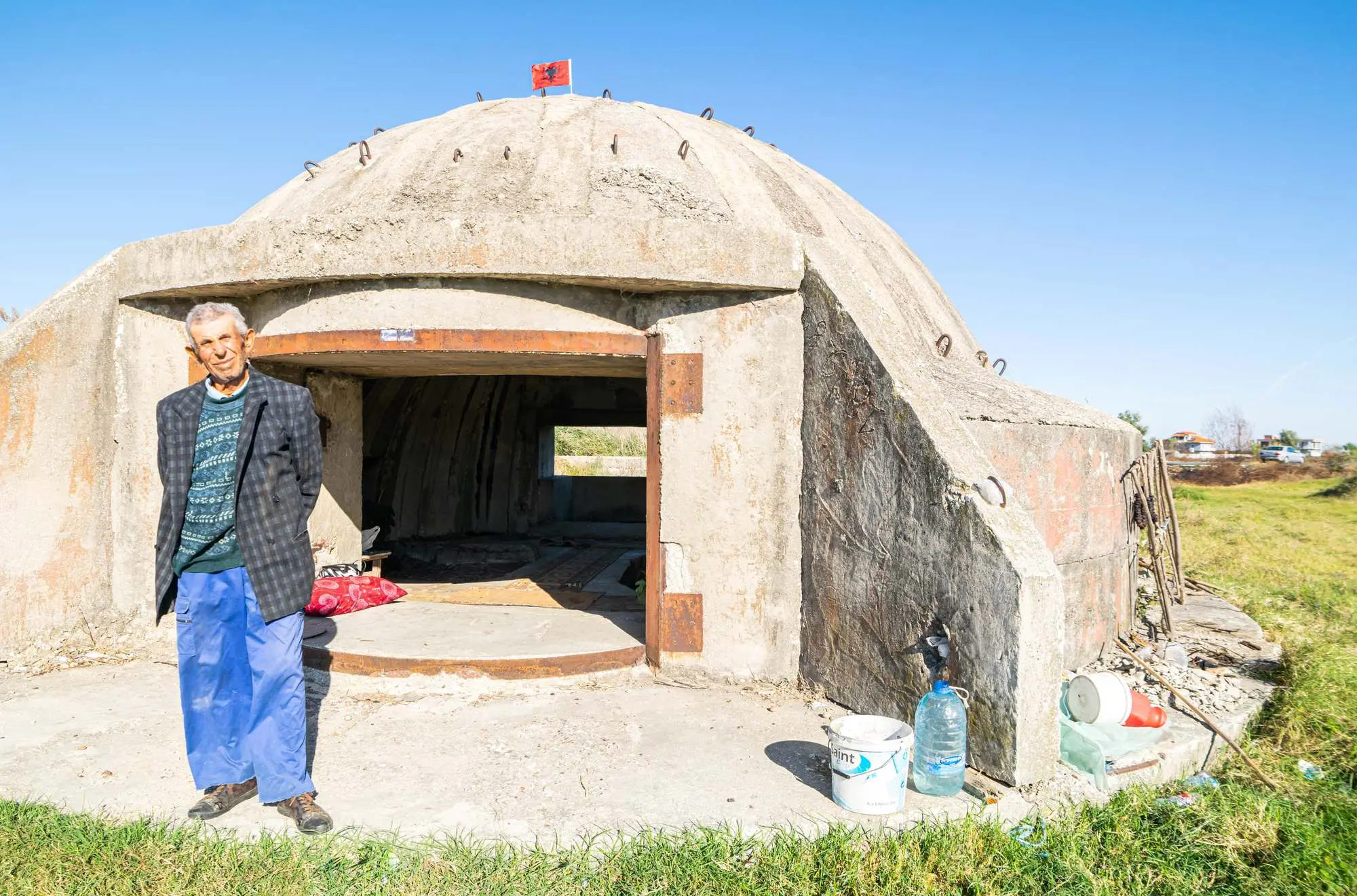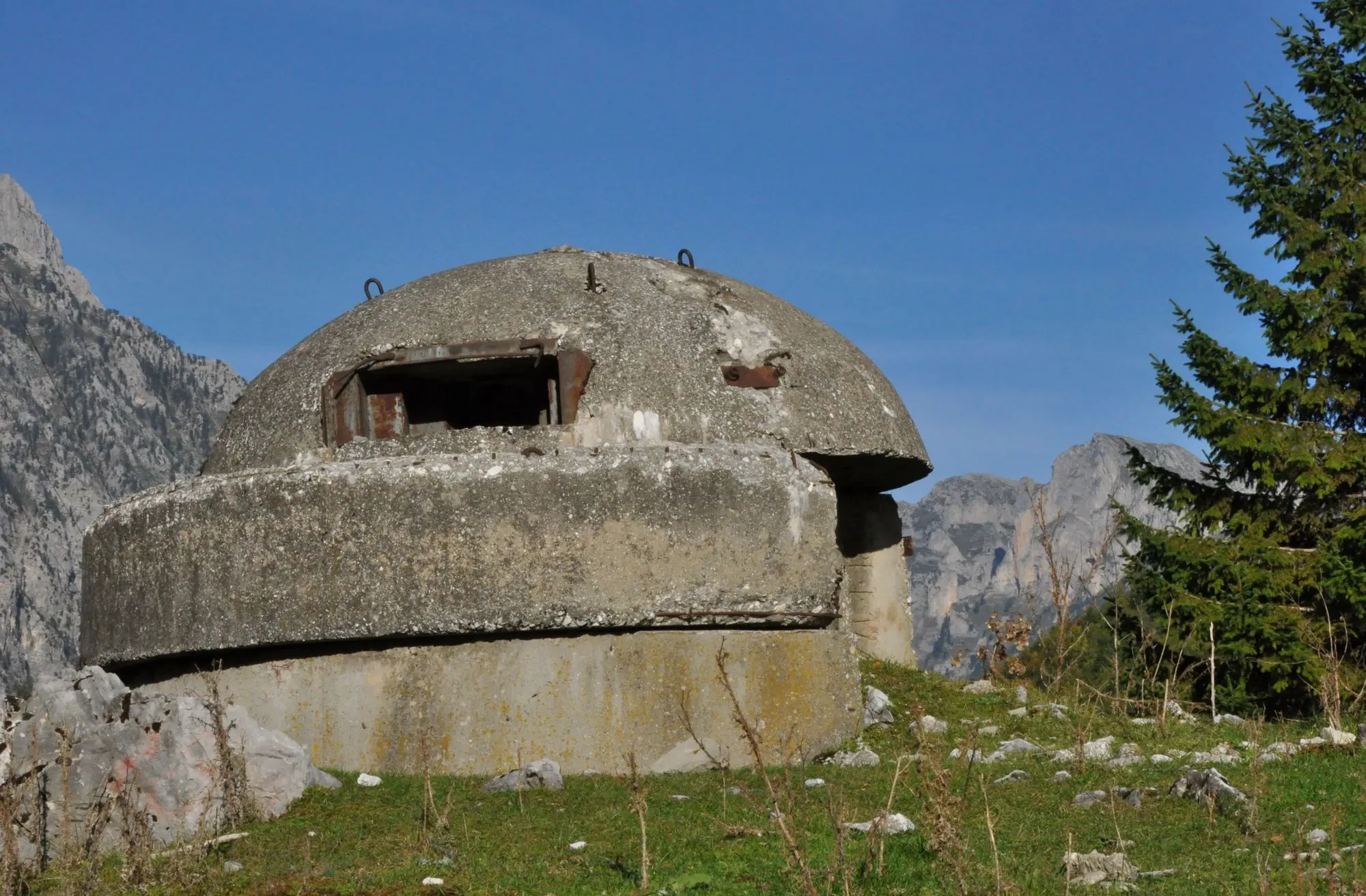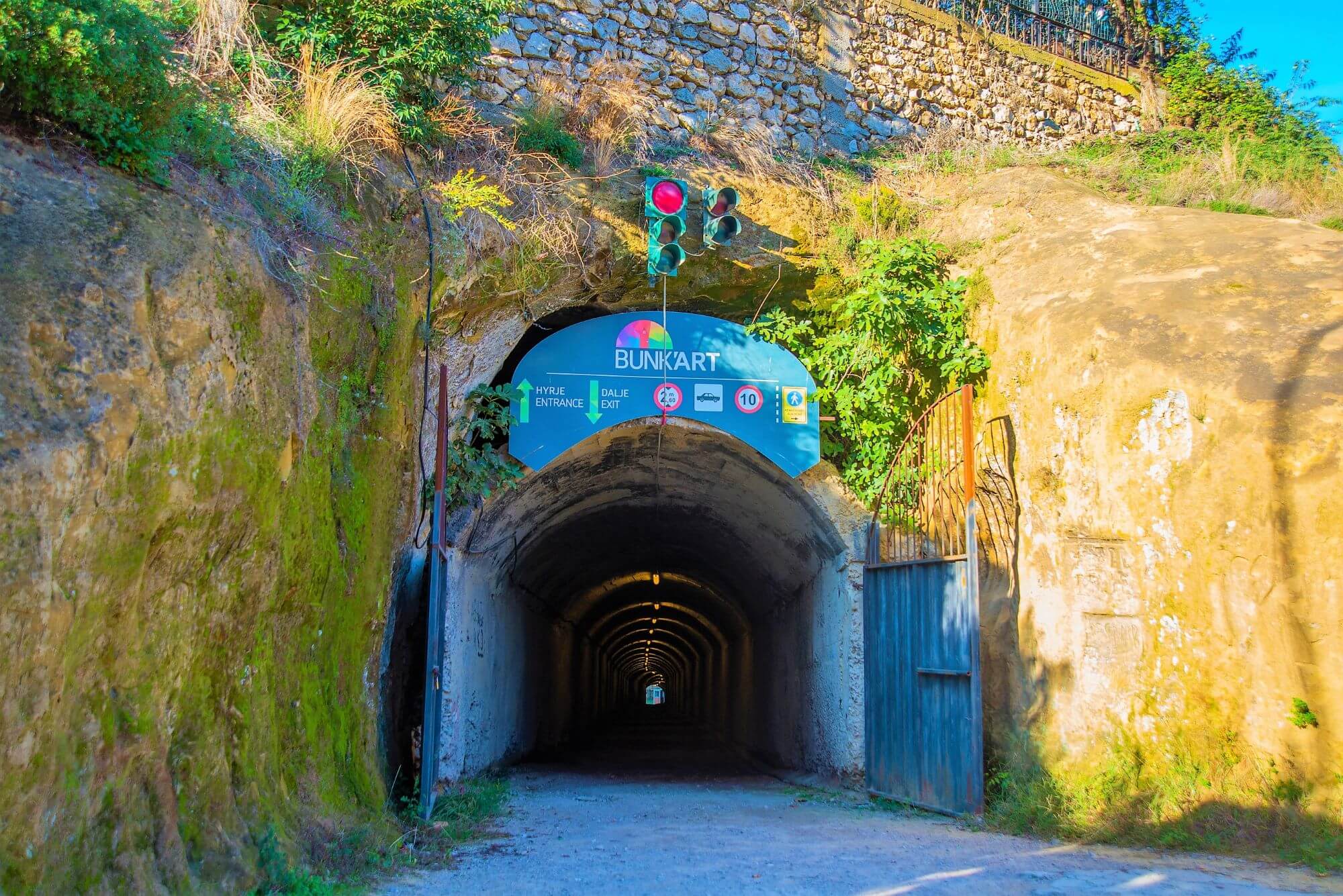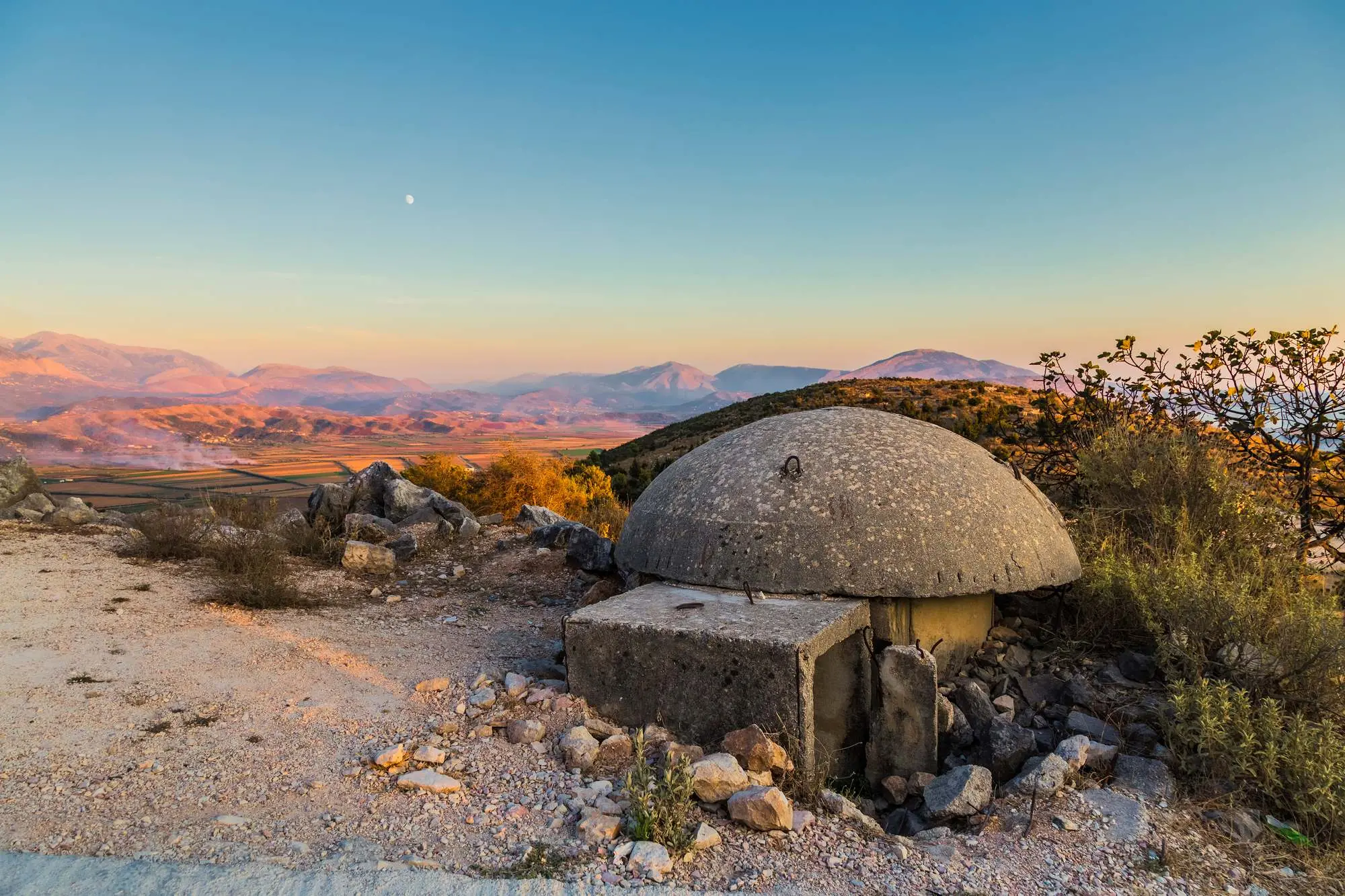Why does Albania have so many bunkers?
Albania’s history is marked by dramatic transitions. Founded by the Illyrian tribes, it was influenced by the Roman Empire and later conquerors, but its modern identity was shaped by separation from Ottoman rule and the later period of socialism.
After Ottoman rule, Albania became one of the most isolated societies in the 20th century under the leadership of the communist dictator Enver Hoxha.

Bunkers in Albania, Photo: evaldas.lp Depositphotos
When Hoxha came to power in 1944, he established a regime based on total paranoia. His fear of invasion — whether from the West, former allies like the Soviet Union, or China — shaped the country’s domestic and foreign policy.
This paranoia of his culminated in the massive construction of bunkers, which were supposed to protect the country from non-existent threats.

Bunkers in Albania, Photo: Markgold, Depositphotos
From 1967 to the 1980s, approximately 173,000 bunkers were built, although some sources suggest there may have been as many as 750,000. Such extensive construction was also enormously expensive, and it is estimated that the costs reached several billion dollars. At the time, Hoxha insisted that every bunker must be strong enough to withstand a direct attack, even a nuclear blast.

Bunkers in Albania, Photo: evaldas.lp Depositphotos
There are so many bunkers that wherever you turn, be it a village, a city, the coast, or a mountain, you will surely come across a few of them. There are even private gardens. They were built by the local population as well, and their construction exhausted Albania’s resources.
Today, the bunkers represent a trace of Hoxha’s isolation policy and suppression of foreign influences. Although many are abandoned, some have been turned into cultural spaces, such as the Bunk’Art museum in Tirana. Bunk’Art 1, located in a large shelter built for the political leadership, and Bunk’Art 2, which documents the history of the secret police, have been transformed into interactive exhibition spaces. These museums not only provide insight into the period of Hoxha’s reign but also serve as a reminder of human resilience.

Bunk’art, Photo: Dreamstime
Despite their dark history, bunkers have become part of the Albanian identity. Tourists today see them as a symbol not only of past fears but also of the country’s transition towards a more open future.




Leave a Reply